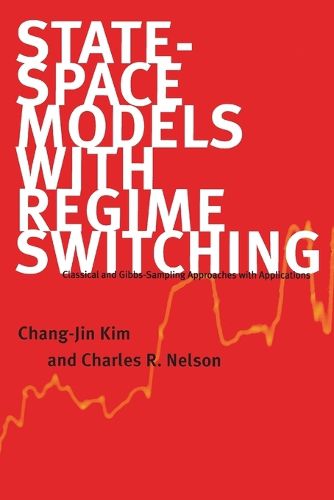Readings Newsletter
Become a Readings Member to make your shopping experience even easier.
Sign in or sign up for free!
You’re not far away from qualifying for FREE standard shipping within Australia
You’ve qualified for FREE standard shipping within Australia
The cart is loading…






Both state-space models and Markov switching models have been highly productive paths for empirical research in macroeconomics and finance. This book presents recent advances in econometric methods that make feasible the estimation of models that have both features. One approach, in the classical framework, approximates the likelihood function; the other, in the Bayesian framework, uses Gibbs-sampling to simulate posterior distributions from data.The authors present numerous applications of these approaches in detail- decomposition of time series into trend and cycle, a new index of coincident economic indicators, approaches to modeling monetary policy uncertainty, Friedman’s plucking model of recessions, the detection of turning points in the business cycle and the question of whether booms and recessions are duration-dependent, state-space models with heteroskedastic disturbances, fads and crashes in financial markets, long-run real exchange rates, and mean reversion in asset returns.
$9.00 standard shipping within Australia
FREE standard shipping within Australia for orders over $100.00
Express & International shipping calculated at checkout
Both state-space models and Markov switching models have been highly productive paths for empirical research in macroeconomics and finance. This book presents recent advances in econometric methods that make feasible the estimation of models that have both features. One approach, in the classical framework, approximates the likelihood function; the other, in the Bayesian framework, uses Gibbs-sampling to simulate posterior distributions from data.The authors present numerous applications of these approaches in detail- decomposition of time series into trend and cycle, a new index of coincident economic indicators, approaches to modeling monetary policy uncertainty, Friedman’s plucking model of recessions, the detection of turning points in the business cycle and the question of whether booms and recessions are duration-dependent, state-space models with heteroskedastic disturbances, fads and crashes in financial markets, long-run real exchange rates, and mean reversion in asset returns.